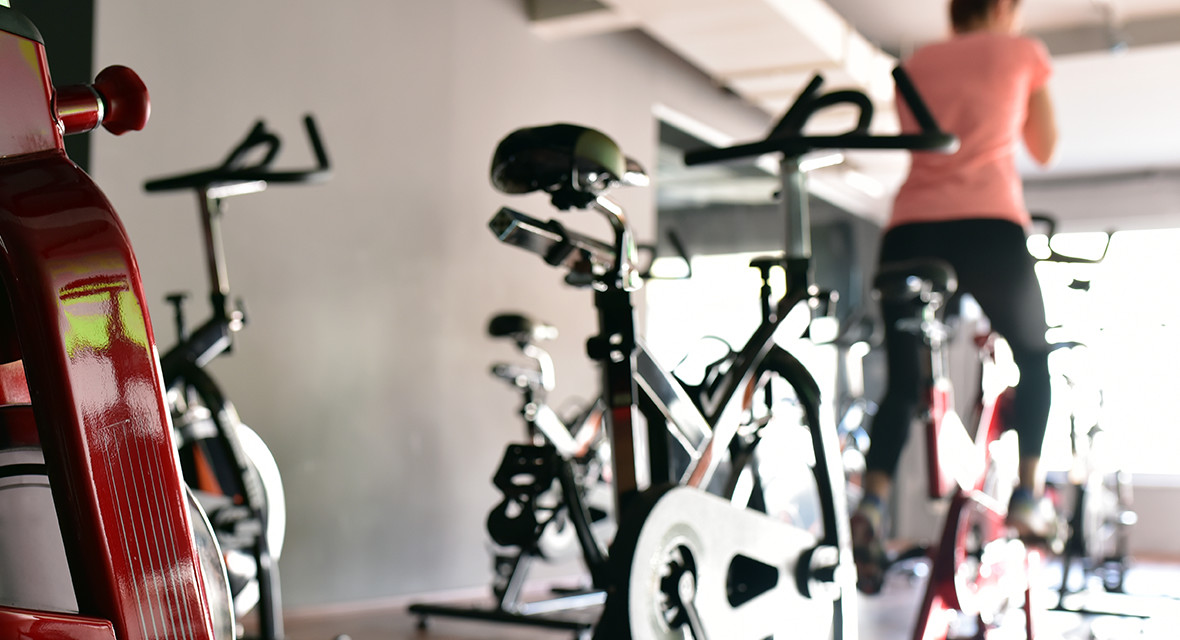Spinning is For Everyone
The popularity of indoor cycling - more commonly known as spinning - does not decline. Fitness centers offer programs adapted to different types of people - beginners and experienced - and even in an aquatic variant. It is also possible to do at home at relatively low cost with a stationary bike or a trainer with your own bike.
Courses in centers.
The classes for the general public improve overall cardiovascular fitness, expend calories and improve cycling techniques. They are for different people ranging from new cyclist to long-time athlete.
The advanced courses are geared toward preparing participants for the cycling season and help experienced cyclists improve performance for the upcoming summer. They help maintain or improve cardiovascular endurance, VO2max, maximum aerobic power and technique for pedalling faster.
A Typical Session
All spinning classes are basically the same. It is the intensity of the exercises, determined by the pace (pedalling speed) and resistance applied to the wheel that will vary throughout the class, which is made up of the following basic components:
- A five-to-ten-minute warm-up.
- The intensity period, lasting 35 to 45 minutes, improves cardiovascular fitness through effort intervals of varying intensity and durations, following by recovery intervals.
- A cool-down period of approximately five minutes, which gradually brings down the heart rate.
- A period of stretching of approximately five minutes to help maintain range of motion in the joints.
A Few Exercises
During the intensity period, positions can be varied. The sitting position, the standing position and the “speed-seeking” position are some examples of possible positions.
Here are some variations in pace or resistance:
- Progressive interval, which lasts between two and four minutes, gradually increasing the pace or resistance in order to increase the difficulty. It is followed by a recovery interval.
- Hill climbing, which lasts three to five minutes, involves gradually increasing resistance until the maximum setting defined by the instructor, and then gradually returning to the initial intensity level.
- The plateau, four to six minutes long, gradually increasing the pace or resistance until reaching the desired intensity, which will be maintained for a given period of time and then gradually reduced to return to the initial intensity.
- Sprint intervals, which last three to four minutes, at high intensity, increasing the pace to a point where the participant must move from a seated to a standing position in under five seconds.
Most exercises are planned out and done by alternating periods of effort and rest. All you need to do is follow the instructor and go at your own pace.












